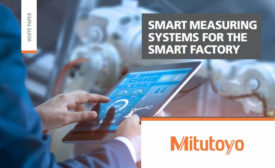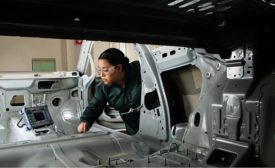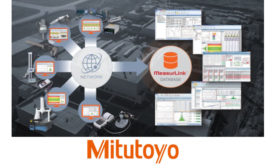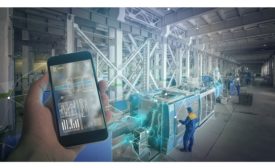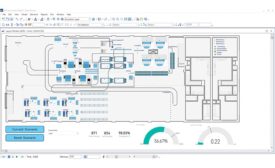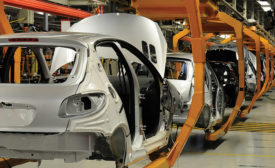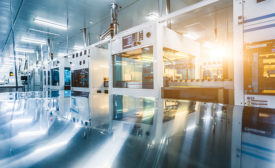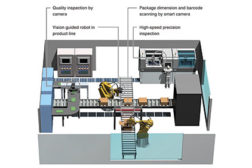Home » Keywords: » smart factory
Items Tagged with 'smart factory'
ARTICLES
Quality Headline
Hexagon Announces HxGN LIVE Smart Manufacturing Detroit 2020
January 20, 2020
Trends in Automotive Inspection
Intelligent factories, electric vehicles and traceability are just some of the factors that are influencing change in automotive part inspection, say experts in the field.
January 15, 2020
Getting Started with Industry 4.0
The challenge for many businesses is knowing where to begin.
May 1, 2017
INDUSTRY HEADLINE
Hexagon Manufacturing Intelligence Announces Partnership with Wichita State Innovation Campus
February 7, 2017
Large-scale manufacturing
PrecisionPath Consortium Redefining Advanced Manufacturing
Illuminating the challenges, clearing a path to the Smart Factory.
September 1, 2016
Stepping up to the Factory of the Future
Predictive simulation is underpinning the factories of the future through immersive visualization of the vast amount of data from Industry 4.0 components and machines.
September 1, 2016
The Dawn of the Smart Factory
INDUSTRIAL SMART CAMERAS ADVANCE AS EMBEDDED VISION SYSTEMS WITH NEW GENERATION PROCESSORS ARE INTRODUCED.
September 11, 2014
Get our new eMagazine delivered to your inbox every month.
Stay in the know with Quality’s comprehensive coverage of the manufacturing and metrology industries.
SIGN UP TODAY!Copyright ©2024. All Rights Reserved BNP Media.
Design, CMS, Hosting & Web Development :: ePublishing
